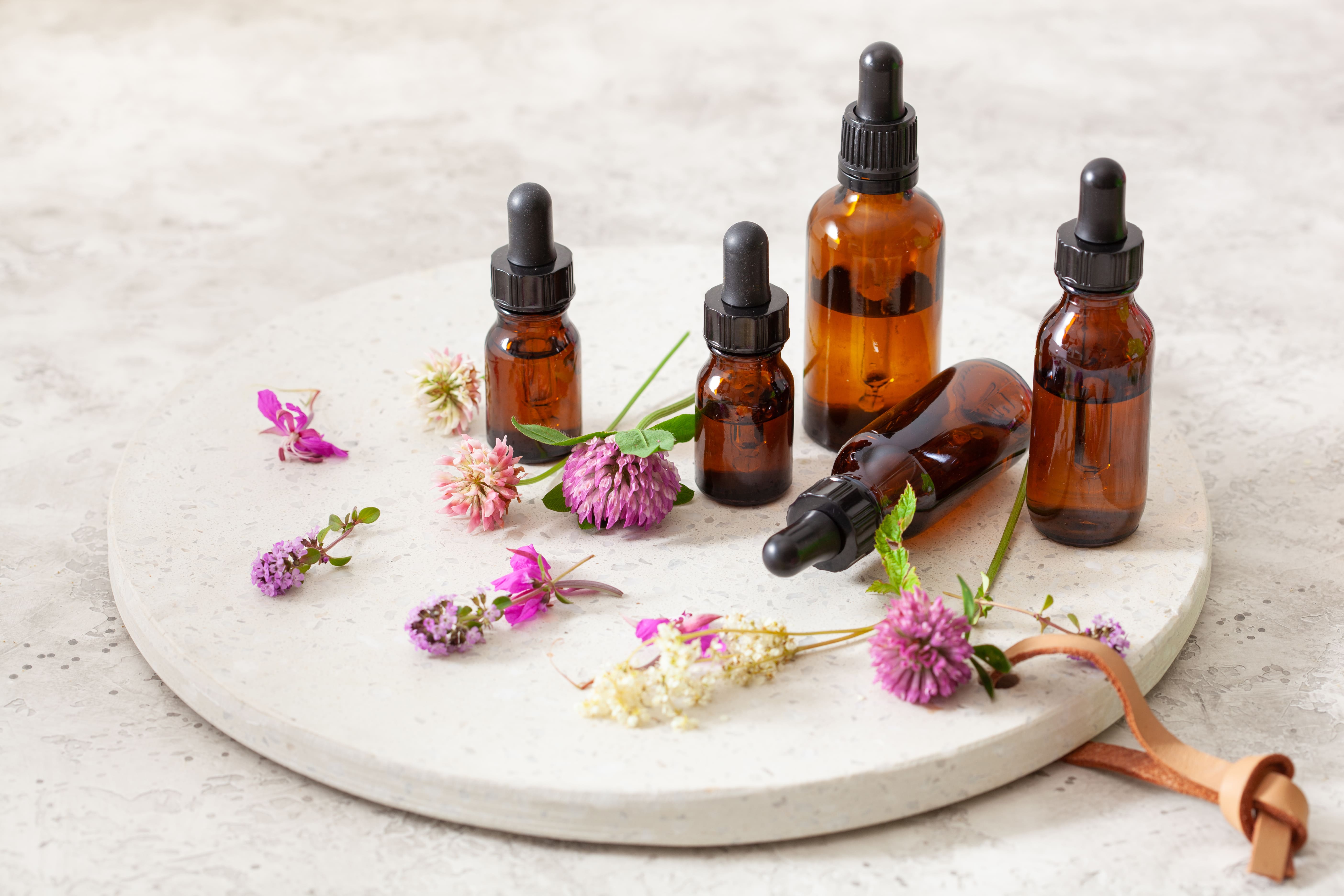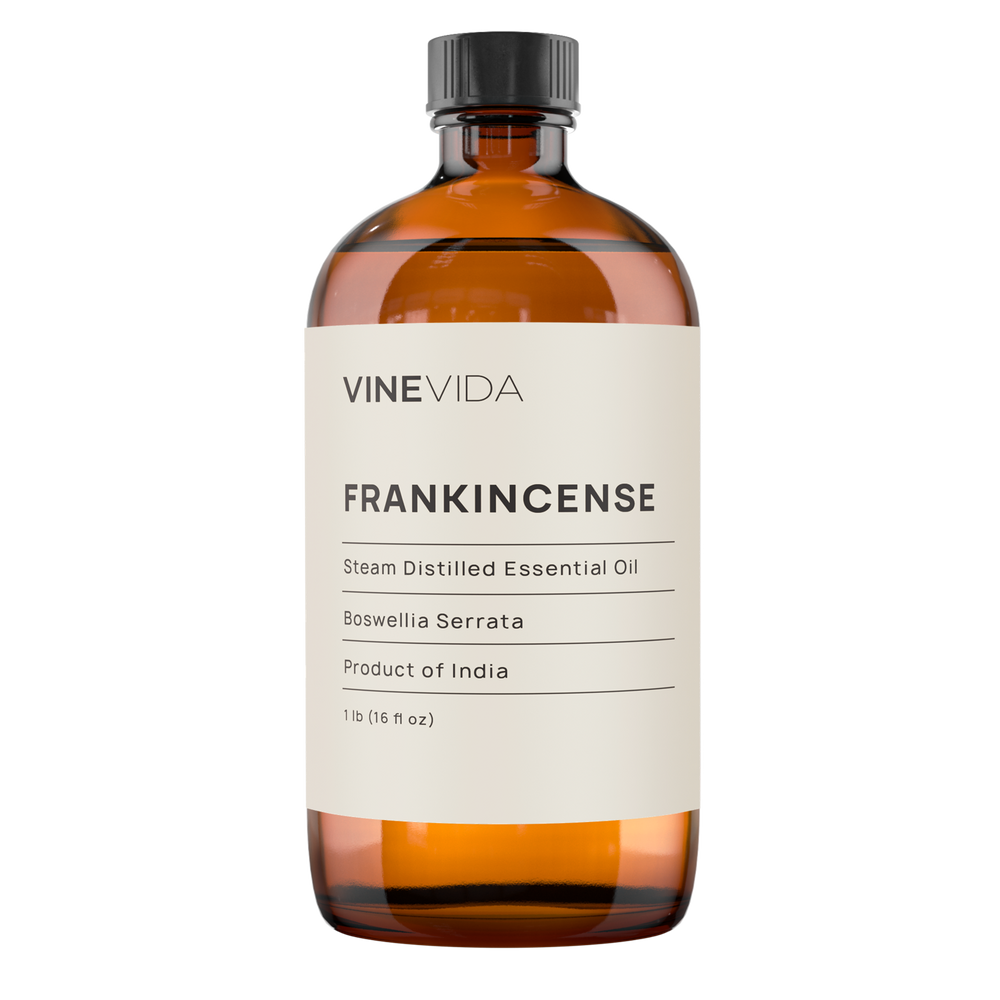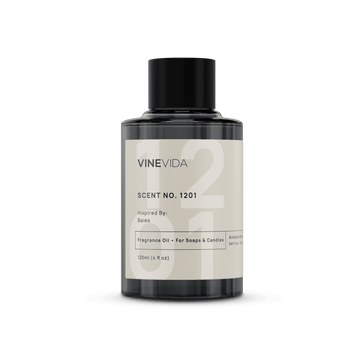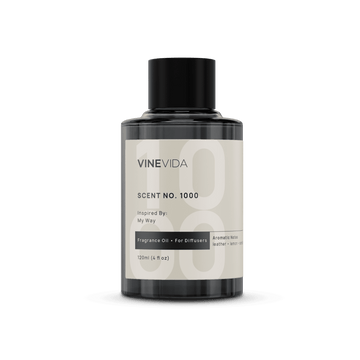One of the most important uses for herbs, leaves, and roots is their profound effect on our ability to breathe. Essential oils are the perfect way to use this talent, being simple to use and very fast working. Australian oils, like eucalyptus, manuka, and ravensara oils, all have a tremendous effect on the immune system. Frankincense opens the airways and calms the breath.
Interestingly, Traditional Chinese Medicine describes the lungs as the body's storehouse of fluid, connecting them to sadness, sorrow, and grief. How do these things affect our everyday pulmonary health, and how can we improve it by employing essential oils for the lungs? In this article, we'll look at essential oils for COPD and some thoughts on essential oils for cystic fibrosis.
My Interest in Essential Oils for the Lungs
4th November 2008, a date I'll never forget.
It was a Tuesday. I was trying to watch my favorite TV program, Holby City, but I couldn't get comfortable. I was in the most excruciating pain…pain I could not imagine, and I couldn't breathe. I stood up to stretch out a bit, but immediately, I knew something was wrong.
I sent my daughter to find my husband and told him, "I need to go to hospital…" which I have never said before and have never said since.
I don't know how I knew something was so wrong.
I just did.
More than that, there was something wrong…I had the sense that there was no air in my lungs.
I was 11 weeks pregnant, which also meant that when I got to the hospital, the staff were terrified to do anything too invasive, so they gave me some antibiotics for a chest infection and some painkillers for the pain and sent me home to rest.
Two days later, I was blue-lighted to the hospital.
I had a huge blood clot in my left lung. I was a disturbing shade of blue, had just 80% oxygen saturation, and the agony I'd been experiencing was pleurisy.
A year later, long after the blood clot had been dispersed, I still couldn't breathe very well. So, all breastfeeding out of the way, I turned to essential oils to try to heal the residual breathlessness and scarring left behind from the months of coughing.
The results of my studies and successes can be found in my book The Aromatherapy Bronchitis Treatment. Essentially, that is the story of how I overcame my COPD.
What is COPD?
Chronic Obstructive Pulmonary Disease is the third leading cause of death worldwide, causing 3.23 million deaths in 2019. That year saw 212.3 million cases of COPD reported globally and 74.4 million DALYs (disability-adjusted life years counts premature death based on an illness.)
Nearly 90% of COPD deaths in those under 70 years of age occur in low- and middle-income countries (LMIC), although smoking accounts for over 70% of COPD cases in high-income countries.
COPD can encapsulate several diseases. The most common is chronic bronchitis, but it can also include emphysema.
Bronchitis is considered chronic if it has been around for over six months. Before six months, bronchitis is considered acute.
Some infections can usually explain acute bronchitis. In contrast, chronic bronchitis may or may not be caused by infection, but at the end of the word -itis betrays inflammation within the lungs. In emphysema, the breakdown of pulmonary tissue is so severe that the elasticity goes, and so the lungs struggle to inflate and deflate as efficiently as they once did.
The Key To Using Essential Oils for Lungs…
Aromatherapy is a holistic therapy. That is, it looks at all aspects of health, both physical and mental and emotional.
Research shows that patients living with COPD have a higher prevalence of depression and anxiety than the general population (Hyninnen, 2005), and COPD patients are 1.69 times more likely to develop depression than people who do not. (Atlantis, 2013)
Rates of anxiety and depression may be more prevalent among COPD sufferers than other chronic diseases. (Solano, 2006)
That's no surprise to me. You have no idea how depressing it is not to be able to breathe, to be permanently out of breath, and to be starved of oxygen all of the time unless it's part of your reality.
Let me tell you; it could be better.
But more, I see breathing problems as being a two-way street. There is more to it than just the breathing making you sad and afraid. Still, sometimes we see something that may have impacted the psychology and the physical body that made it more predisposed to having developed the illness.
I look back and can see I was entirely traumatized to find out I was pregnant the day after I had signed application forms for my two older children to go to university. I literally couldn't catch my breath. In my opinion, grief or the inability to express oneself can also be precursors to respiratory illness.
I see it repeatedly, and I'll never cease being amazed at how astutely the body speaks the mind.
I see more clients with pulmonary disease than any other condition, and one of the reasons that essential oils for the lungs are so successful is that they work on several levels.
Traditional Chinese Medicine expresses this best.
Understanding Essential Oils for Lungs through a Chinese Medicine Perspective
Chinese Medicine sees the world through a five-element system. Each has its correspondences, including season and emotion.
The lungs are ruled by the Metal Element, which is seen as the season of Autumn. Thinking about the season informs much about the element and, as such, the metal organ of the lungs.
Autumn is a season of dryness, contraction, and moving inwards. It is also when the lungs are at their most vulnerable, prone to be affected by wind, cold, and dryness.
This is the beginning of the cough season and has prime breeding conditions for colds, flu, and the germ that shall not be named…
In Chinese Medicine, organs are seen as working in pairs.
The lungs exist in partnership with the large intestine. We think about how this rules our abilities to let go of things that no longer serve and, in return, take in new inspiration.
Air enters and leaves the body through the lungs. Exhalation of air - or we could say specifically sighing, demonstrates the thinking that the lungs are in charge of grief and how we emotionally let go to resolve it.
Interestingly when you look at the ancient doctrine of signatures, a signature of metal energy plants is those with green glue leaves…which is a great description of eucalyptus.
Wei Chi
The lungs and large intestine are seen as working together to create immunity.
Specifically, this refers to the vapors and mists traveling through the body. They refer to this energy as wei chi.
We might think of gastric juices or saliva, but fundamentally here, we refer to the slimy surfaces of the body. The sebum on the skin, the mucus membranes, the pulmonary walls…
I love that wei chi is also a Chinese board game about strategic defenses.
Wei chi is seen as being nourished by four main forces.
Most importantly, the ancestral energy is passed on from our mothers.
Then, what we eat and drink, the air we breathe, and perhaps most surprisingly, the relationships we have with friends and family. This is an interesting thing to reflect on when we catch a cold. Have we had any arguments, and who is looking out for you right now?
The Lungs also rule the skin because the skin is seen as the external reflection of the lungs and wei chi. Again, to state the sebum on the skin (we usually think of serum in terms of spots, but its job is as an antibacterial agent to protect against pathogens) and how the pores open and close for us to sweat when our immune has been compromised.
Elemental Essential Oils for Lungs
Consider the main environmental factors affecting the lungs, like the wind, which may bring hay fever or make us cough. Temperature changes get colds and flu with them. Cold can also make us gasp and sputter.
Too much dampness in the body manifests as catarrh or asthma.
The air might be too dry for some people; such a nebulizer can be helpful, but some might be hydrating oils like a rose.
Each of these might help us to nail the right essential oils for the lungs, specific to each person.
Do they have a wet cough? Then choosing essential oils for the lungs with a drying aspect will be helpful.
For dry coughs, we would seek to moisten the lungs to increase sputum to ease the constriction of the cough.
Essential Oils for Lungs
Essential Oils for Lungs: Infections
There are no surprises here; the top of the essential oils for the lungs is eucalyptus, followed by the tea tree.
Eucalyptus
Importantly, many different strains of eucalyptus exhibit both strong antiviral and antibacterial properties. (Ellaisi, 2012)This means that they may be able to kill strains that even antibiotics can't touch.
In 2020, a paper was published suggesting that 1,8 cineole be used as an adjunct therapy for people with asthma or COPD because of its antiviral, anti-inflammatory, and mucolytic properties. (gets rid of mucous abilities)
Patients were treated with 1,8 cineole for six months, and not only did their symptoms improve, but also their quality of life scores when examined in questionnaires. (Juergens, 2020)
Winter flare-ups of their conditions were said to be reduced by more than 38%.
It should be stressed that these were oral doses, given in capsule form, or 1,8 cineole, rather than topical use of eucalyptus. That said, using eucalyptus essential oil topically would have remarkable effects.
Ordinarily, used in a maximum dilution of 3%, but if you have a really bad chest infection, you could go up to 10% dilution for adults.
I have to say I have very strong feelings about eucalyptus for children. The high levels of 1,8 cineole can make it very hard for them to breathe. Consequently, many therapists will say not to use eucalyptus on children. But acute bronchitis is the fourth biggest killer of children in the UK. I think we are becoming too afraid to use an extremely strong weapon in our arsenal.
I would always say to use frankincense as the first line of attack for children (not least because it is so comforting), but if the infection becomes scarier, try eucalyptus…very, very carefully.
You must only apply to their backs - never by their faces, and certainly not on their pillows- and in dilutions of less than 0.25%.
Safety: Not suitable for use in the first 16 weeks of pregnancy.
Clove
Bacteria use quorum sensing to express and multiply, which in turn, coordinate their behaviors. It's one of the ways the wretched blighters communicate. Finding ways to prevent this expression may be key to protecting the body against infection.
Clove essential oil has been demonstrated to interfere with quorum sensing, inhibiting how infections spread of several different gram-positive and gram-negative bacteria. (Moradi, 2020)
Safety: Not suitable for use in the first 16 weeks of pregnancy.
Tea Tree
Scientists are fascinated by tea tree because it is such a powerful antimicrobial, even for germs that have become resistant to antibiotics. I remember everyone being extremely excited when it was rumored that it was being trialed as a therapeutic for MRSA in hospitals in the 1990s. We were convinced that this would be what put essential oils upfront and center.
But it never did.
Tea trees can kill MRSA (Flaxman, 2005), but the effects do not translate on a large scale.
This is the story of Tea Tree.
It is a fickle creature when it comes to science.
As a plant, I suspect it doesn't like scientists and test tubes very much. It seems intent on mocking them. Most aromatherapists will tell you it's the best antimicrobial there is. It's good at proving itself on a small scale, but the results don't transpose into a large-scale trial.
This may be because only some of the constituents are miscible (that they mix well with water), which limits their abilities in a petri dish. (Carson, 2006)
Other mediums are being investigated, but tea trees' abilities to kill germs remain elusive. They are there and extremely good, but no one can capture them in a centrifuge.
That gives me more joy than it should!
That said, the list of microbes that are susceptible to its abilities is long! This is a brilliant study if you need to know exactly which. I can tell you that many bugs lead to chest infections and pneumonia. It is a very powerful antimicrobial.
Lastly, another great study in 2021 assessed seven different essential oils in 369 combinations to assess the many great ways they treated respiratory disease. The strongest combination was found to be tea tree with oregano. (Leigh-de-Rapper, 2021)
Safety: Not suitable for use in the first 16 weeks of pregnancy.
Oregano
Extremely antimicrobial, thanks mainly to the carvacrol and thymol that make up about three-quarters of the chemistry of the oil. Thymol is thought to strengthen the integrity of cell walls to keep bacteria from being able to permeate them. Meanwhile, carvacrol attacks the invaders, weakening and then killing them. This applies to both gram-negative and gram-positive bacteria. (Chouhan, 2017)
Safety: Oregano is a very strong essential oil. We recommend using a maximum dilution of 1% for adults and just 0.5% for children over two. This oil is too strong to be used on babies.
It also has a blood thinning action, so please avoid this oil if you are on blood thinning medications (for example, for pulmonary embolism) or have a platelet disorder. Likewise, discontinue using oregano essential oil for the lungs if you have surgery planned during the next 48 hours, including dental surgery.
Essential oils for Lungs: Dry Cough
Sweet Basil
Anti-tussive means it stops you from coughing. I like to blend it with some Roman Chamomile essential oil because it is antispasmodic and soothes the cough.
(Also, warm apple juice is my go-to thing. Make sure you are well hydrated.)
Safety: Not suitable for use in the first 16 weeks of pregnancy.
Rose
Rarely cited, but rose essential oil is very moisturizing and healing. I like to drink rosewater when I have a cough.
Safety: Not suitable for use in the first 37 weeks of pregnancy.
Essential Oils for Lungs: Excess Mucous
Hyssop
Hyssop is tremendous if the chest is full of mucous. It is rich in a chemical group called ketones, which fellow aromatherapist Malte Hozzel called 'The Disincarnators.' These break things down. We talk of catarrh, nasal decongestion, and scar tissue in the physical body.
Mentally and emotionally, these are very good at helping us let go of reality. Some ketones, like thujone, are psychoactive; they push you right out of your head!
Hyssop is not so strong, but it is very good at helping us to let go of things we're holding on to. This is very helpful for chest infections that suddenly arrive amid grief. It's not unusual to find people speaking about how they feel they can't breathe without their loved ones anymore.
Energetically, this is a drying oil, so only use hyssop on chesty coughs with catarrh, or conversely, if there is a tightness in the chest that seems like there may be many catarrhs that will not come away. Hyssop is super for unproductive coughs.
Visualize where the cough is coming from; if it seems to be a throat-based splutter rather than a chesty cough, sweet basil will be better.
Safety: Not suitable for use during pregnancy. Also, not a good plan if someone is prone to psychosis or any delusory condition. Likewise, avoid epilepsy.
Essential Oils for Lungs that are Scarred
Monarda
Two main constituents can be helpful here. These are thymol and geraniol.
In the cases of geraniol, citronella essential oil was found to be incredibly helpful:
In mice trials, thymol has been demonstrated to attenuate pulmonary fibrosis (stop the tissues from joining in making scars) (Hussein, 2023)
When I discovered this, I sourced the oil I could find with the highest amounts of both, which was Monarda essential oil (Monarda fistulosa), and within one week, I could feel my lungs strengthening again. Very little was written about Monarda essential oil, so I wrote a book about it.
Safety: Not suitable for use during the first 16 weeks of pregnancy.
Essential Oils for Lungs Elasticity
Frankincense
Frankincense slows the breath and restores elasticity.
This is THE best oil if someone suffers from a stress-related breathing disorder…do they hyperventilate, or does their asthma worsen under pressure?
I like to use it to comfort and reassure people struggling to breathe, and I find it especially helpful for COPD.
The Boswellia species has been used for lung complaints since time immemorial. Its usages far predate the discovery of essential oils. Too, it is raised and farmed in poverty-ridden and conflict-torn places with unreliable access to health care.
A 2021 trial reviewed the effects of Boswellia serrata, so-called Sacred Frankincense, as a therapeutic for COVID-19. Interestingly, because it specifically targeted ways to support poorer communities, people were given the resin to chew.
It was found that Boswellic acids powerfully restricted the inflammation in the lungs…
However, boswellic acids are large molecules too heavy to pass through distillation and, thus, are not found in essential oil. However, they are quite delicious when absorbed into fats. Robin Schiller Kessler's book has a beautiful recipe for Frankincense hot chocolate, which I am sure you would enjoy.
Safety: Not suitable for use during the first 16 weeks of pregnancy.
Ravensara
Very aggressive essential oil with strong antibiotic properties. Ravensara is spectacular if you feel a chest infection coming on.
Safety:
Maximum dilution for ravensara is just 1%.
It is not recommended to use ravensara on children under the age of two years.
Not suitable for use during pregnancy.
Conclusion
The best way to use essential oils for the lungs is to e topically, so remember to blend them into carrier oils. After all, some of these oils are very strong. However, always consider the mood too. Try inhaling essential oils that are relaxing and uplifting to soothe the body, hopefully, reduce some of the inflammatory markers, and help you feel calmer and happier.





















